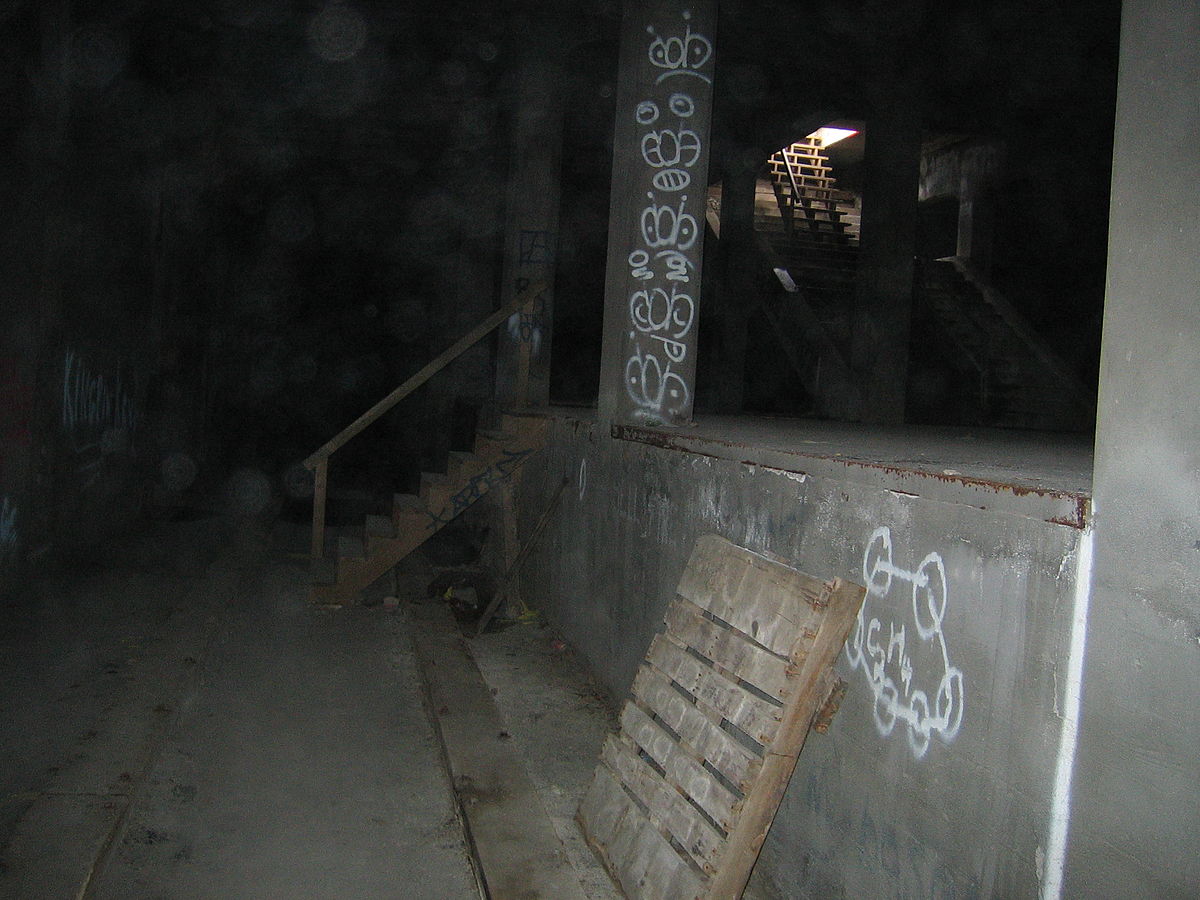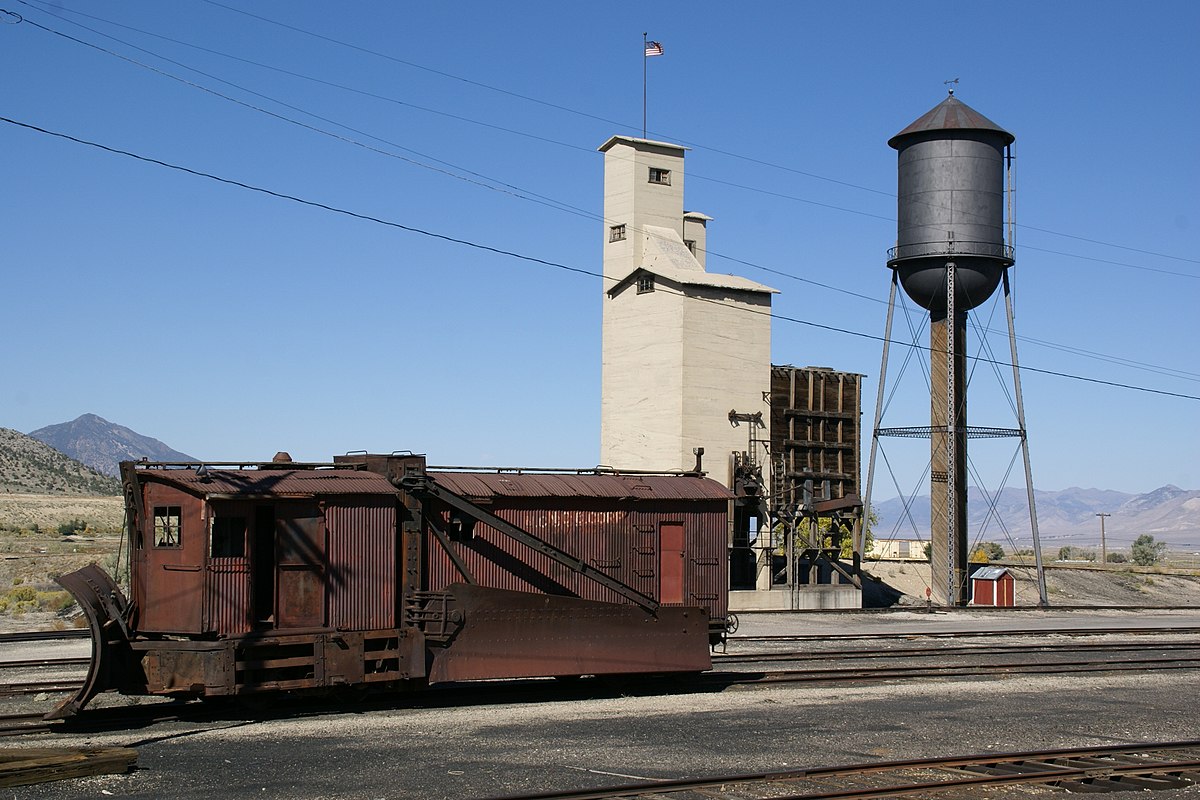Imagine traversing the vast expanse of the United States, only to stumble upon the skeletal remains of what were once symbols of progress and mobility: trains that traversed continents, cars that cruised the bustling streets, and planes that soared through the skies. This is not a scene from a post-apocalyptic movie but a very real tableau of the abandoned trains, cars, and planes scattered across America.
In this article, we’re diving headfirst into the fascinating, sometimes eerie world of these forgotten giants. Picture this: a train, its once gleaming metal now rusted and covered in vines, sitting solemnly on tracks that nature is slowly reclaiming. Or an old car, its paint faded and peeling, nestled in the weeds of an overgrown field, a silent testament to a bygone era of automotive glory. And let’s not forget those abandoned planes, their massive structures hauntingly imposing against the backdrop of an empty airfield. Each of these vehicles has a story to tell, a piece of history etched into their decaying frames.
So, buckle up (metaphorically, of course) as we embark on this journey through time and steel. We’ll uncover the tales behind these abandoned marvels and explore what their silent, rusting forms can teach us about our past – and maybe even our future.
The Mojave Airplane Graveyard, California
The Mojave Airplane Graveyard, nestled in the vast expanse of the Mojave Desert in California, is a sight that’s both awe-inspiring and somewhat melancholic. Picture this: rows upon rows of aircraft, from small private planes to massive commercial jets, basking under the relentless desert sun. It’s like a scene from a dystopian novel, except it’s very real.
This sprawling boneyard is where airplanes come to retire, a final resting place for these once-mighty birds of the sky. But don’t let the term ‘graveyard’ fool you. While some of these aircraft are destined to be dismantled for parts, others are merely in a state of hibernation, waiting to be called back into service. It’s a testament to the cycles of aviation life – from the zenith of technological prowess to a quiet slumber in the desert.
What’s truly fascinating about the Mojave Airplane Graveyard isn’t just the sheer number of aircraft it holds but also the stories that each plane carries. Every dent, every rusted part, and each faded airline logo is a snippet of a broader narrative that spans decades of aviation history. It’s like walking through a museum, except the exhibits are these giant machines that once soared through clouds.
And let’s talk about the setting – the Mojave Desert. Its dry climate is the perfect preserver of metal, making it an ideal spot for this kind of storage. So, as you walk among these sleeping giants, it’s hard not to feel a sense of respect and wonder. The Mojave Airplane Graveyard is not just a collection of old planes; it’s a celebration of aviation history and a poignant reminder of the relentless march of time and technology.
The Cincinnati Subway, Ohio
Have you ever heard about the largest abandoned subway system in the United States? It’s tucked away beneath the bustling streets of Cincinnati, Ohio, and it’s an absolutely fascinating piece of urban history. Imagine a vast network of underground tunnels and stations, stretching over 2 miles, that was meant to be the city’s leap into modern transit. Started in the 1920s, this ambitious project was fueled by the roaring optimism of the era.
The idea was to create a subway system that would alleviate traffic and position Cincinnati as a forward-thinking metropolis. But here’s the twist – the project was never completed. As you wander through these deserted tunnels, you can’t help but feel transported to a different time, a moment frozen when the city’s dreams were as vast as the tunnels themselves.
Now, why did such a grand plan fall into abandonment? It’s a tale of economic woes and shifting priorities. The Great Depression hit hard, drying up the funding needed to bring this subway to life. As the years rolled on, the city’s focus shifted to other transportation projects, leaving the subway in a perpetual state of incompletion. Today, the Cincinnati Subway is an eerie yet intriguing relic. It’s like walking through a ghost town, except it’s right under a thriving city.
The empty tracks, the unfinished platforms, and the silence that echoes off the walls all tell a story of ambition, hope, and eventual surrender to reality. These tunnels, though abandoned, are a monument to a moment in time when Cincinnati dared to dream big. They stand as a hidden, almost mystical part of the city’s history, waiting quietly beneath the everyday hustle and bustle above.
Old Car City, Georgia
Old Car City, located in White, Georgia, is truly a wonderland for automotive enthusiasts and photographers alike. Think about over 34 acres of forested land dotted with over 4,000 vintage cars, trucks, and even some classic school buses, each with its own unique story and charm. This isn’t your typical car junkyard; it’s more of an outdoor museum, a testament to the golden age of American automobiles.
As you stroll through the winding paths, it’s like taking a step back in time. The rusted bodies of Chevys, Fords, and other classics from the 40s, 50s, and 60s are beautifully engulfed by nature, with ivy and moss artfully adorning their frames. It’s a surreal experience seeing how nature slowly reclaims these once-prized possessions, each vehicle becoming a canvas for a unique blend of history and nature.
What sets Old Car City apart is not just the sheer scale of its collection but the way it captures the essence of a bygone era. Each car has its own character, its paint faded and chipped, yet holding onto a sense of dignity and grace. For photographers, it’s a paradise, offering endless opportunities to capture the interplay of light, metal, and nature. And for those who appreciate the history of automobiles, it’s like walking through a living encyclopedia of American automotive history.
The owner, Dean Lewis, started this collection as a traditional junkyard in the 1930s, but over the years, it evolved into this unique homage to classic cars.
The Motorcycle Graveyard in Lockport, New York
The Motorcycle Graveyard in Lockport, New York, is a hidden gem that’s as intriguing as it sounds, especially if you’re a motorcycle enthusiast. Nestled in a nondescript, slightly eerie warehouse, this place was a haven for bikers and collectors from all over the country. Imagine a space crammed with hundreds of vintage motorcycles and parts, ranging from rare finds from the 1960s to more recent models. It was like a treasure trove of two-wheeled history, where each bike and each part had a story to tell.
The owner, Frank, was known for his vast knowledge and passion for motorcycles, turning this place into not just a graveyard but a sanctuary of sorts for motorcycle history and culture. However, the charm and the mystique of the Motorcycle Graveyard took a sad turn when Frank passed away. Since then, the future of this vast collection has become uncertain, leaving enthusiasts and locals wondering about the fate of these mechanical relics.
Walking through the graveyard, you couldn’t help but feel a sense of nostalgia mixed with a touch of melancholy. The dust-covered bikes, some stacked upon others, spoke of a bygone era of craftsmanship and the open road. The place was more than just a storage space for old bikes; it was a testament to the love and dedication of a man who lived and breathed motorcycles.
Nevada Northern Railway, Nevada
The Nevada Northern Railway in Ely, Nevada, is a remarkable snapshot of early 20th-century American railroading. Established in 1905 to support the booming copper mining industry, this railroad was a vital lifeline, transporting ore from the mines to the smelter and goods to the local community. What makes the Nevada Northern Railway extraordinary is its state of preservation; it’s often described as the most complete, original, and unspoiled railway facility in the United States.
Today, the railway operates as a museum and historical monument, offering visitors a chance to step back in time. The site includes original locomotives and cars, some dating back over a century, as well as the railway’s original buildings and infrastructure, such as the engine house, depot, and freight yard. This meticulously preserved complex provides an authentic and immersive experience, allowing visitors to explore the workshops, ride the historic trains, and even participate in hands-on experiences like operating a steam locomotive.
Mustang Ranch, Wyoming
Mustang Ranch in Osage, Wyoming, is not your typical car graveyard; it’s a unique and somewhat enigmatic open-air gallery dedicated to a single iconic American car – the Ford Mustang. Located in a remote and scenic area, the ranch is home to an extensive collection of Ford Mustangs, ranging from early models from the 1960s to more recent ones. This collection, amassed over the years, provides a fascinating chronological journey through the history of this classic American muscle car.
The cars, displayed in varying states of decay, rest in an open field, creating a striking contrast against the backdrop of Wyoming’s rugged landscape. While some cars are little more than rusted shells, others retain much of their original majesty and design integrity, showcasing the evolution of the Mustang’s design and engineering over the decades.
Mustang Ranch is not just a collection of old cars; it’s a tribute to an automotive icon, reflecting the passion and nostalgia that the Mustang inspires. It’s a place that attracts car enthusiasts, photographers, and historians alike, drawn by the allure of these legendary vehicles and the stories they carry.
Davis-Monthan Air Force Base, Arizona
Davis-Monthan Air Force Base, located in Tucson, Arizona, is renowned for hosting the 309th Aerospace Maintenance and Regeneration Group (AMARG), commonly known as ‘The Boneyard.’ This facility is the largest aircraft storage and preservation facility in the world, playing a critical role in managing the lifecycle of military and government aircraft.
Spread over 2,600 acres and home to more than 4,000 aircraft, The Boneyard serves as a storage, maintenance, and reclamation center for all branches of the U.S. military and other federal agencies. The dry desert conditions of Tucson create an ideal environment for preserving the integrity of the aircraft. The site is strategically used to store aircraft that are temporarily out of service but can be reactivated for future use, as well as to harvest parts for aircraft still in operation.
This vast expanse of neatly lined-up planes, visible even from satellite images, is not only a critical asset for military logistics but also a striking symbol of military aviation history, offering an unparalleled window into the technological evolution of U.S. military aircraft.
Conclusion
The abandoned trains, cars, and planes scattered across the United States weave a fascinating tapestry of history, technology, and the passage of time. From the silent tracks of the Nevada Northern Railway to the vast expanse of the Mojave Airplane Graveyard, these sites serve as poignant reminders of eras gone by. They hold stories of human ingenuity, dreams of progress, and, sometimes, the unyielding march of nature reclaiming its space.
These forgotten relics are not just rusting pieces of metal; they are chapters in the American narrative, echoing the rise and fall of industries, the shift in transportation trends, and the relentless pursuit of innovation. As they stand against the backdrop of changing landscapes, they invite us to pause and reflect on the transient nature of human endeavors and the enduring power of history captured in steel and silence.




